How do you target a fish that hides out in the deepest holes for most of the day and only comes out at dusk and dawn to feed? Unlike your average game fish, there are many ways to target catfish besides your average rod and reel. This guide will teach you how to fish for catfish and the multiple techniques used for targeting them.
This tutorial will give insight into a catfish’s life pattern and how you can catch them by setting jug lines, limb lines, trotlines, and bank poles. We will even discuss how to fish for them with a rod and reel.
Remember, some of these techniques may be illegal in your area, so please check with your local conservation department before attempting any of these fishing methods.
Inside the Mind of a Catfish
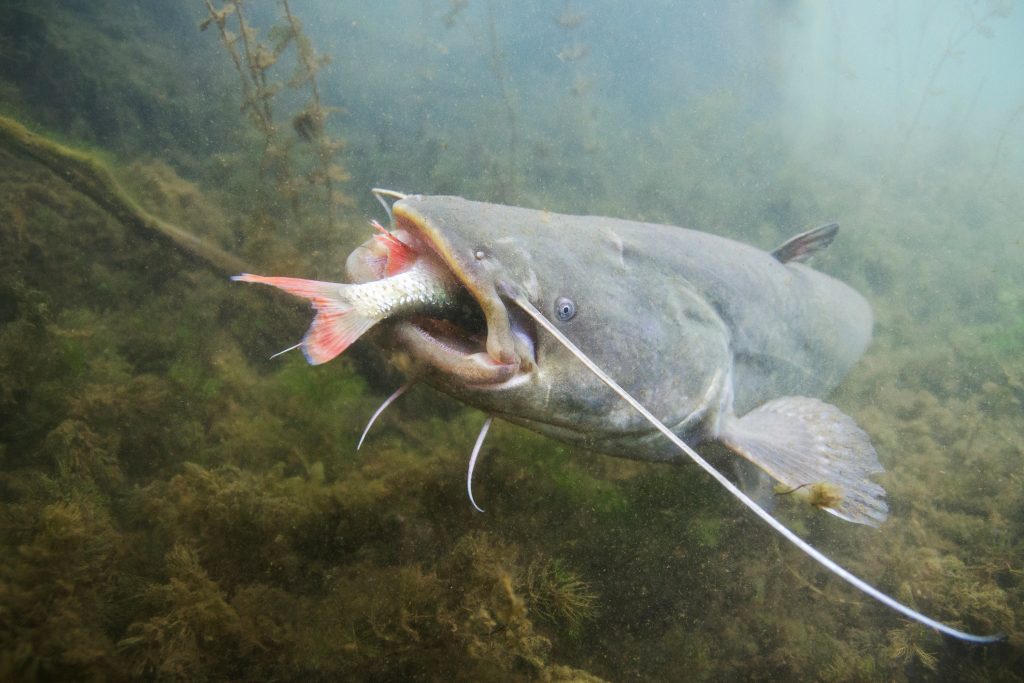
Source: Shutterstock
To locate catfish effectively, you need to understand not every catfish species behave the same way. For example, flathead catfish thrive in larger water bodies and prefer to bed down in deep holes with a slow-moving current. Unlike channel catfish, flatheads are not scavengers and prefer live bait.
In comparison, channel catfish like to live in moderate flowing waters and prefer to feed near muddy bottoms but will occasionally come up to the surface to eat. Like flatheads, channel catfish are more sedentary during the day, and outside of spawning season, they like to live in solitary.
In contrast, Blue catfish are the more active catfish species. Blue catfish tend to migrate in large groups and even feed in the middle of the day along shallow flats.
How to Fish for Catfish: Alternative and Traditional Fishing Methods
Catfishing Method One: Running Juglines

Source: Shutterstock
Jugging for catfish involves tieing a two to a three-foot section of braided line to anything that floats, like an empty milk jug or pool noodle. Jugging is a great way to find those more isolated catfish because you can set out a handful of jugs across a water channel or concentrate them in different lake coves. Here are the items you will need to run jug lines:
- Flotation device
- Braided fishing line
- Circle hooks size 5/0 and up
- Bait
Pro Tip: Wrap reflective tape around the top-end of your jug, so you can quickly locate it with a spotlight at night.
Catfishing Method Two: Set Out Limb Lines

Source: Shutterstock
Setting out limb lines is a great way to hook some flatheads. Flathead catfish generally hang out near structures like downed trees and drift piles. So, when choosing a location to set your limb line, I recommend hanging them on those droopy limbs near these types of structures. All you need to set-up a limb line is:
- Accessible tree limb
- Fishing line or nylon braided mason line
- Barrel swivels
- Circle hooks
- Bait
If you are explicitly targeting flatheads, I recommend using live bait like bluegill.
Catfishing Method Three: Setting a Trotline

Source: Shutterstock
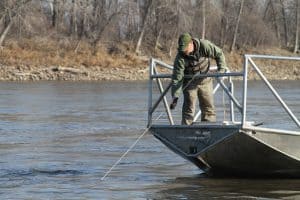
Image credits: Photo by Amy L. Phillips
Kasey Whiteman, a resource staff scientist with the Missouri Department of Conservation, works a trotline.
I like trotlines because you can set them out in the evening, and when you wake up to check them, it is as exciting as Christmas morning. With minimal effort, you’ll hook enough catfish to fill your daily limit. To set a trotline, you will need to:
- Identify two anchor points to attach your main-line.
- Attach your allowed number of drop lines across the main-line.
- Add fishing weights to keep your main-line submerged in the water.
Make sure to check with your state’s guidelines on setting trotlines. For example, in the state of Texas, your trotline cannot hold more than 50 hooks, and each drop line must be at least 3-feet apart.
Catfishing Method Four: Use Bank Poles

Source: Shutterstock
Bank poles. Set poles. Diddy poles. Regardless of what you may call them are another great way to catch some catfish. The concept of bank poles and limb lines are very similar. Except, instead of a tree limb, you are using a 12-foot fiberglass pole staked along the edge of a bank.
Catfishing Method Five: Using Your Traditional Rod and Reel

Source: Shutterstock
Or, if these alternative ways of catching catfish don’t sound appealing to you, then you can always fish with your average rod and reel. Generally, when targeting catfish, anglers will use a slip sinker rig to present their bait. Anglers use slip sinker rigs to target catfish along water bottoms. Here is how you set up a slip sinker rig:
- Thread a sliding sink weight onto your main-line.
- Thread a bead directly after the sinker.
- Tie the end of the main-line to a swivel.
- Tie a 1- to 2-foot leader line to the opposite end of the swivel.
- At the end of the leader line, tie your hook.
- Bait your hook.
Final Word on Cats

Source: Shutterstock
When using these alternative methods of catfishing, be respectful of other anglers. Don’t clutter your jugs or run your trotlines across main water channels where boats frequently travel through. Boats can accidentally run over juglines and trotlines, and the line could get caught up in their propellers. Also, make sure to follow your local fishing guidelines, or else a DNR officer will serve you with a hefty fine. You need to label your jugs, trotlines, limb lines, and bank poles with your conservation ID, name, and home address in most states.

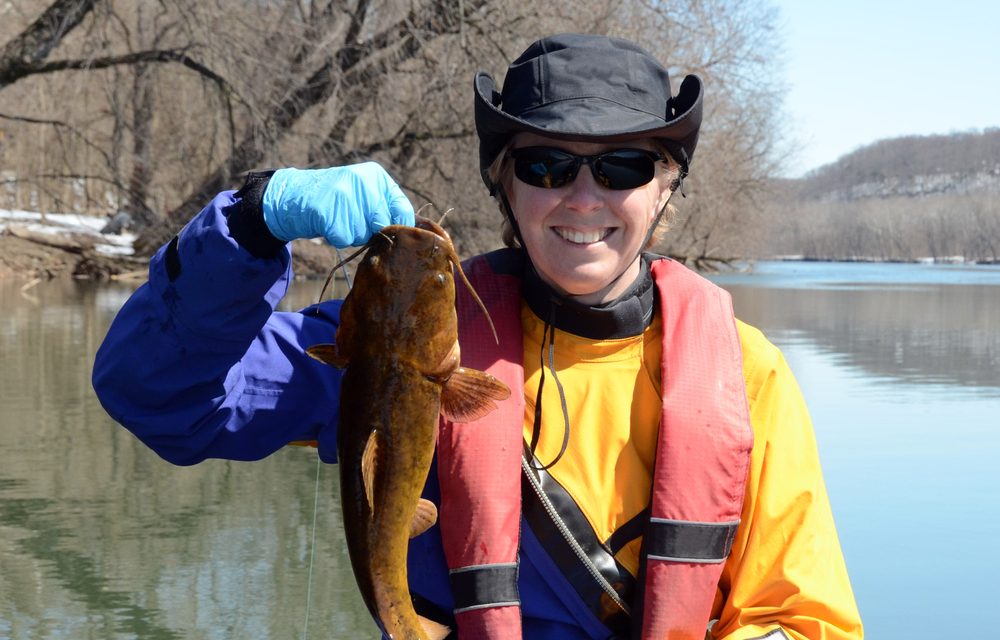
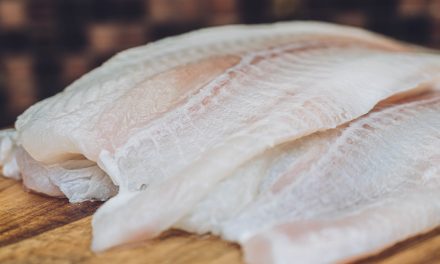
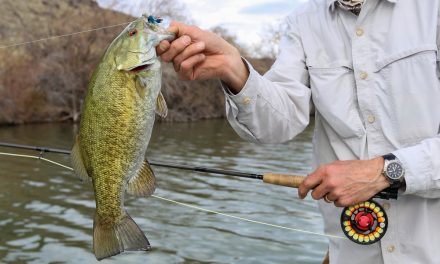
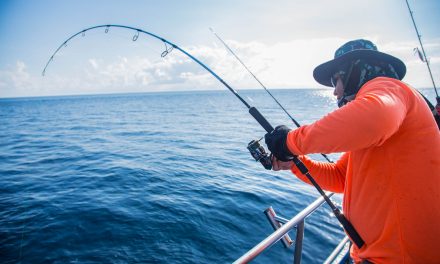
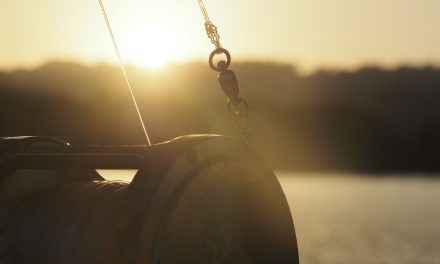
 E-Newsletter
E-Newsletter